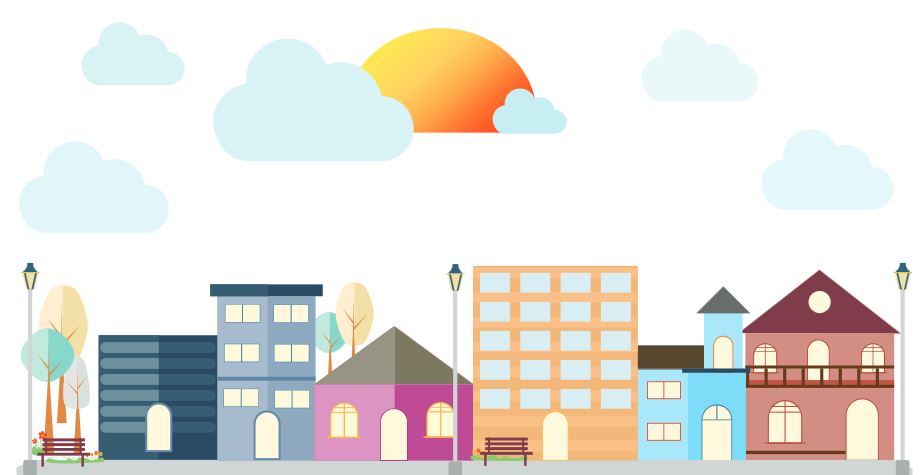AARP Hearing Center

Most people would take one look at the steep housing costs in Washington—which ranks as the sixth most expensive state in the country on U.S. News & World Report’s housing affordability list—and throw up their hands.
Not Scott Pelton.
He’s the manager of the Bellingham-based Whatcom Housing Alliance, a coalition of smart-growth advocates, economic development agencies, housing developers and others interested in diversifying the housing supply in Whatcom County in northwestern Washington.
“If we all collaborate and figure out some solutions, we can definitely make it better,” Pelton says of the state’s high housing costs.
The Whatcom Housing Alliance is working on some of those solutions now with its first-ever design competition for accessory dwelling units. ADUs, such as in-law suites and backyard cottages, can help address the affordability crisis and increase living options, particularly for older adults seeking to age in place.
The competition is funded by a $15,000 AARP Community Challenge grant awarded to the nonprofit Sustainable Connections, a partner organization of the alliance. It’s one of six national AARP grants going to entities in Washington state this year, totaling nearly $74,000.
The national AARP Community Challenge grants are designed to fund quick-turnaround projects that increase community livability and spur long-term progress. The projects must be completed by Nov. 30.
The five other AARP grants went to support a wide array of projects—from pickleball court equipment in Seattle to a free transit service for older adults in Lynnwood to a community garden in Spokane.
Pelton says the ADU design competition will help build on momentum for more “middle housing” in Washington—options that fall between single-family homes and apartment complexes. Two new statewide housing laws, to be implemented over the next three years, aim to make it easier to build ADUs. One eases some city and county restrictions; the other allows duplexes, fourplexes and sixplexes to be built in single-family housing zones.
“What we’re focusing on is education, inspiration and just making sure that people understand ... this is a serious option that people should be trying to implement,” Pelton says.
Another AARP Community Challenge grant is geared toward a different kind of shelter: The Elizabeth Gregory Home, located in the basement of Seattle’s University Lutheran Church, serves as a resource for women experiencing homelessness.
Clients can use the EGH Day Center to do laundry, use a computer, get clothes or a hot meal, talk with a counselor or even take a nap. But the church basement was in need of modernizing.
The $24,380 AARP grant is funding a stair lift to improve accessibility, a security system with cameras and audio, and the transformation of a kitchen into a multipurpose “empowerment space” for workshops, support groups and art projects.
The goal is to make it “more of a calm, safe place, where people feel like they can take a breath and relax,” explains EGH Executive Director Ally Baehr.
Visit aarp.org/communitychallenge to see the full list of grant winners.
_______________
New This Year: State-Level AARP Grants
Marguerite Ro, AARP Washington’s state director, noticed something different in the pool of applications for this year’s national AARP Community Challenge grants: The volume was higher and the level of need seemed greater.
“The growing number of applications reflects the fact that we have a growing aging population that has a need for support and services,” Ro says.
The funding for AARP’s Community Challenge grants comes from the organization’s national office. But this year, for the first time, the Washington state office funded an additional seven projects with its own money.
“There were just some we didn’t feel that we could look past,” Ro says of this year’s 126 entries. The state grants ranged from $2,500 to $5,000.
Among the applications that stood out to Ro as vital was one for A Caring Closet in southwestern Washington’s Clark County, which provides “gently used” durable medical equipment at no cost to those in need.
“This equipment is really expensive, and in an era when we need to be thinking about how we reuse and conserve, we wanted to make sure they could expand their work into surrounding counties,” she says.
Other grants went to support a new community garden in Ocean Park, a wheelchair access ramp and accessible doors at a Veterans of Foreign Wars post in Walla Walla and a kinship program for people who are raising grandchildren in King County.
“We’re fortunate to have a lot of community-based organizations, but there’s not a lot of funding for some of these smaller groups that do very unique things,” Ro says.
Chris Thomas, a California-based writer and editor, covers business, health, food and consumer issues. She has written for the Bulletin for six years.
For more on livable communities































































